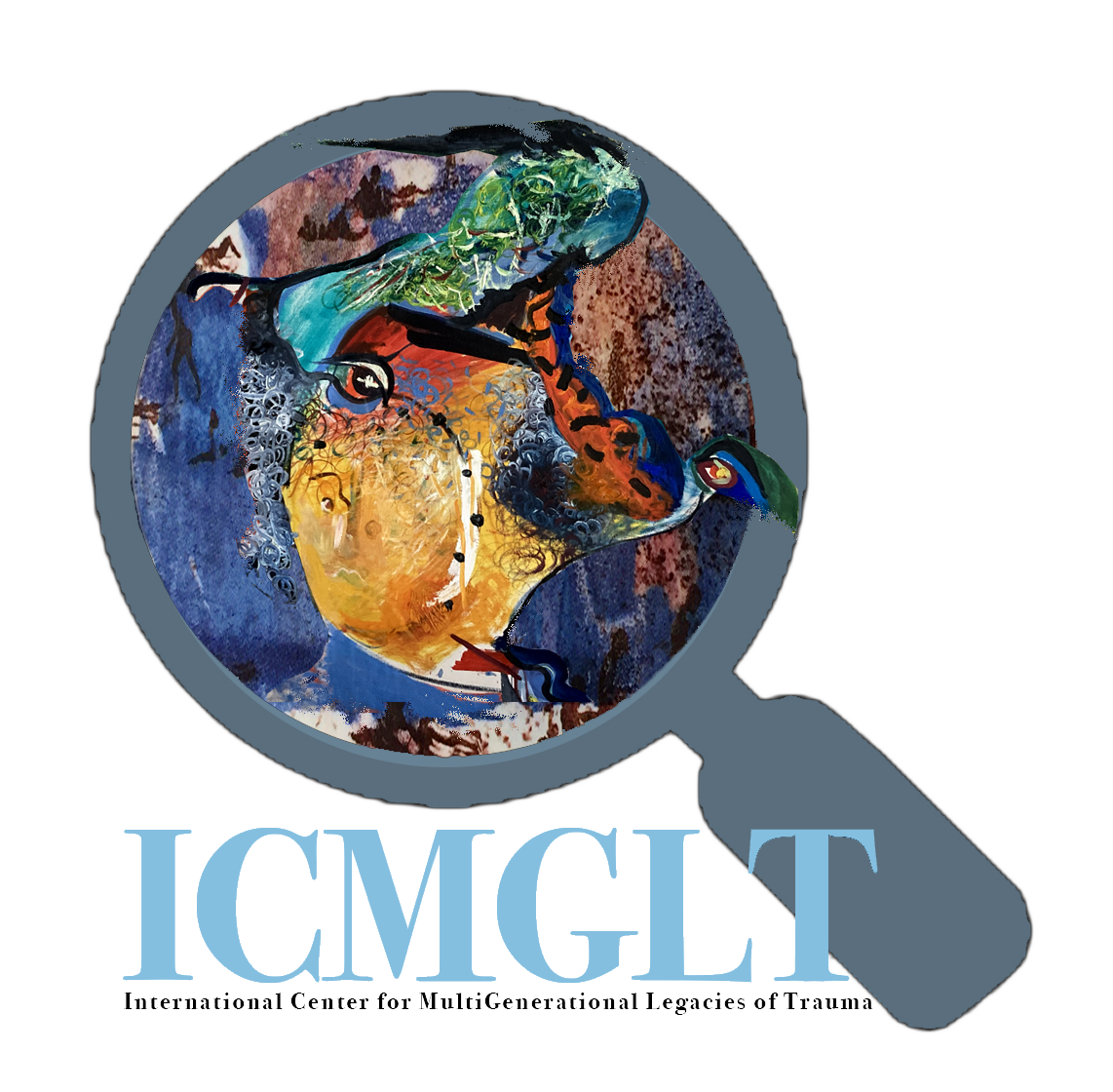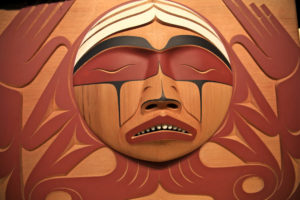Museum officials say they are voluntarily repatriating the object after learning that it had been stolen from Guita Bahi in the Kathmandu Valley
Sarah KutaMarch 18, 2025 1:45 p.m.
:focal(400x476:401x477)/https://tf-cmsv2-smithsonianmag-media.s3.amazonaws.com/filer_public/06/d7/06d7df94-92a2-4e00-92d4-44b10f74e5a0/muchalindabuddha.jpeg)
The Art Institute of Chicago is returning a 12th-century sculpture to Nepal after learning that it had been stolen. Officials are working with the government of Nepal to voluntarily repatriate the piece, the museum announced this month.
Titled Buddha Sheltered by the Serpent King Muchalinda, the sculpture tells “a powerful story of divine intervention and protection,” according to the museum’s statement. “During a sudden and violent storm, the serpent king Muchalinda rose to form a protective cave around the Buddha, permitting him to remain in deep meditation.”
The artwork has been on view in museum galleries and featured in various exhibitions since 1997. About ten years ago, the late Marilynn Alsdorf, a Chicago-based art collector and philanthropist known as the “queen of Chicago’s arts community,” donated it to the Art Institute. In addition to the sculpture, Alsdorf and her late husband, James, donated more than 100 items from Nepal, India and other nations in South and Southeast Asia.
In March 2023, reporters raised questions about the ownership history of some of the pieces in the museum’s Alsdorf collection. An investigation by Crain’s Chicago Business’ Elyssa Cherney and ProPublica’s Steve Mills revealed that 24 artifacts in the Alsdorf collection have “incomplete provenance by modern standards.”
In addition, it found evidence to suggest that at least four of the museum’s Alsdorf pieces had been stolen and illegally exported from Nepal.
The investigation specifically called out Buddha Sheltered by the Serpent King Muchalinda, which appears in a photo taken in Nepal in 1970. At the time, a spokesperson for the Art Institute said the museum was investigating the provenance of the sculpture and other contested objects.
When the Art Institute announced the sculpture’s repatriation earlier this month, it did not share details about what prompted the decision. According to the announcement, the museum and the government of Nepal “agreed the sculpture had been stolen from Guita Bahi in the Kathmandu Valley and collectively decided on its return to Nepal.”
“This sacred sculpture is a carrier of stories, traditions and values that have shaped Nepal’s religious, spiritual and cultural identity for centuries,” says Sharad Raj Aran, acting ambassador of the Embassy of Nepal in Washington, D.C., in the statement. “Its return strengthens the bond between heritage and community, ensuring future generations can connect with their history.”
The Art Institute has repatriated other objects in recent months. Last summer, the museum announced that it would be returning a 12-century fragment of a pilaster to Thailand. While officials had initially thought the artifact originated in Cambodia, they later learned that it came from Thailand’s Phanom Rung temple.
Some experts think the museum’s recent repatriations don’t go far enough. Erin Thompson, an art historian and lawyer at the John Jay College of Criminal Justice in New York, tells Hyperallergic’s Emiline Smith that museums like the Art Institute should “acknowledge the larger problem instead of congratulating themselves for tiny fixes.”
A spokesperson for the Art Institute tells Hyperallergic that the museum is “committed to prioritizing provenance research across departments and is dedicated to researching each object in its collection.”
“This work is complex and can take significant time, but this latest return is a demonstration of our commitment to take action when we learn new information,” the spokesperson adds.
The Art Institute created its provenance research team in 2020. In August 2024, it hired repatriation expert Jacques Schuhmacher to supervise the team.
“We’ve certainly upped our game,” James Rondeau, president and director of the Art Institute, told the Chicago Sun-Times’ Kyle MacMillan in December. “But we have always been doing this work. We’ve come to understand that expectations around transparency are different today than they were X number of years ago. So, this has always been happening, but we’re just trying to make sure we have it as an essential part of our narrative.”
Last year, the Manhattan district attorney’s office said that the museum needed to hand over a drawing that had been looted by the Nazis during World War II. But so far, the Art Institute has refused, calling the claims “legally and factually baseless.”
The piece, called Russian War Prisoner, was created by Austrian Expressionist Egon Schiele in 1916. It belonged to Fritz Grünbaum, an Austrian-Jewish cabaret artist who was murdered at the Dachau concentration camp in 1941.
The Art Institute acquired Russian War Prisoner in 1966. But the museum and the Manhattan district attorney’s office disagree about what happened to the drawing before it ended up in the museum’s collection.




